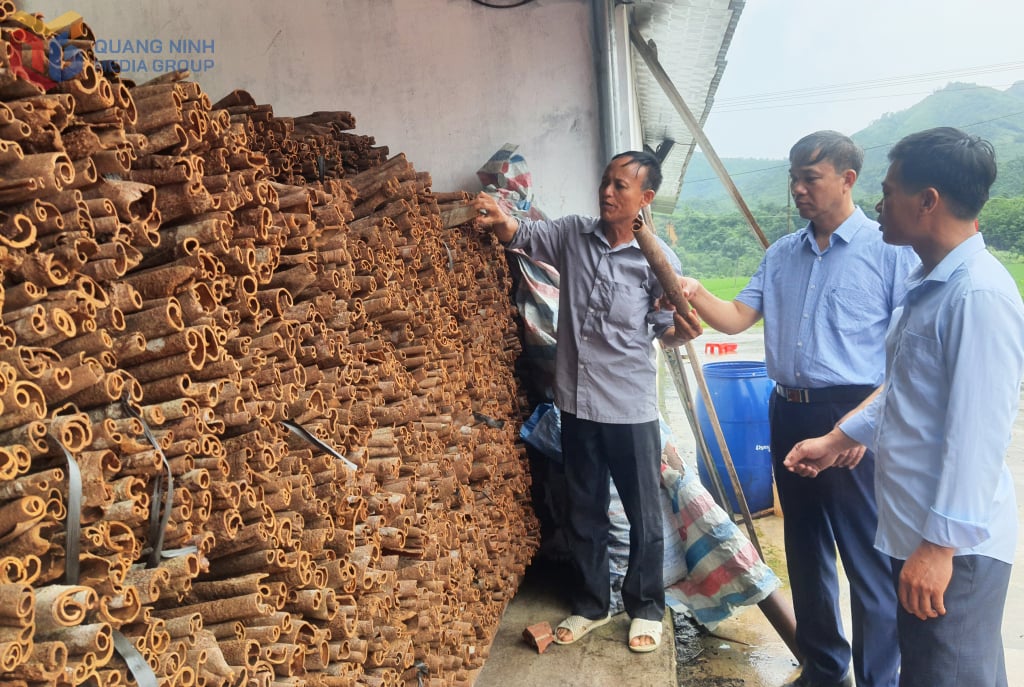
In the province, there are currently about 1,100 hectares of safe agricultural production, of which 322.35 hectares are granted VietGAP certificates (154.68 hectares of rice, 81.7 hectares of vegetables, 53.2 hectares of fruit trees, 32.77 hectares of tea); 90 hectares of rice and 329 hectares of cinnamon are granted organic production certificates. Up to now, 63 growing area codes have been granted, with a total area of over 1,528 hectares; of which 46 growing area codes are for export, 17 growing area codes are for domestic consumption...
Typically, the organic cinnamon growing model since its implementation in some old district-level localities such as Tien Yen, Dam Ha, Ba Che, Binh Lieu has helped increase the value of agricultural products and increase people's income. Previously, cinnamon cultivation by people mainly followed traditional methods, using self-selected varieties, fertilizers and chemicals without proper techniques, leading to waste of resources, uneven product quality, and affecting the ecological environment. With the support and guidance of specialized units under the Department of Agriculture and Environment and the Department of Science and Technology, people have boldly switched to cinnamon cultivation according to organic standards.
Mr. Chiu Di Senh, one of the pioneers in growing organic cinnamon in Tai Ly Say village, Quang Tan commune, shared: We only use organic fertilizers such as composted manure, probiotics, and do not use chemical fertilizers; pests are treated manually in combination with biological products. Thanks to that, cinnamon trees have improved their natural disease resistance and ensured output quality. Although growing organically is more difficult, the selling price is high, the soil is not exhausted, and people's health is also protected. Cooperatives buy products at good prices because the cinnamon quality is high and meets safety standards.
Up to now, the entire Quang Tan commune has had hundreds of hectares of organic cinnamon, with output increasing steadily each year. The output of the product is purchased by companies, helping people feel secure in expanding the planting area. According to the Project "Developing organic agriculture in Quang Ninh province to 2025, with a vision to 2030", Quang Tan commune is also one of the key localities for the province to aim to develop a growing area of 3,000 hectares of organic cinnamon.
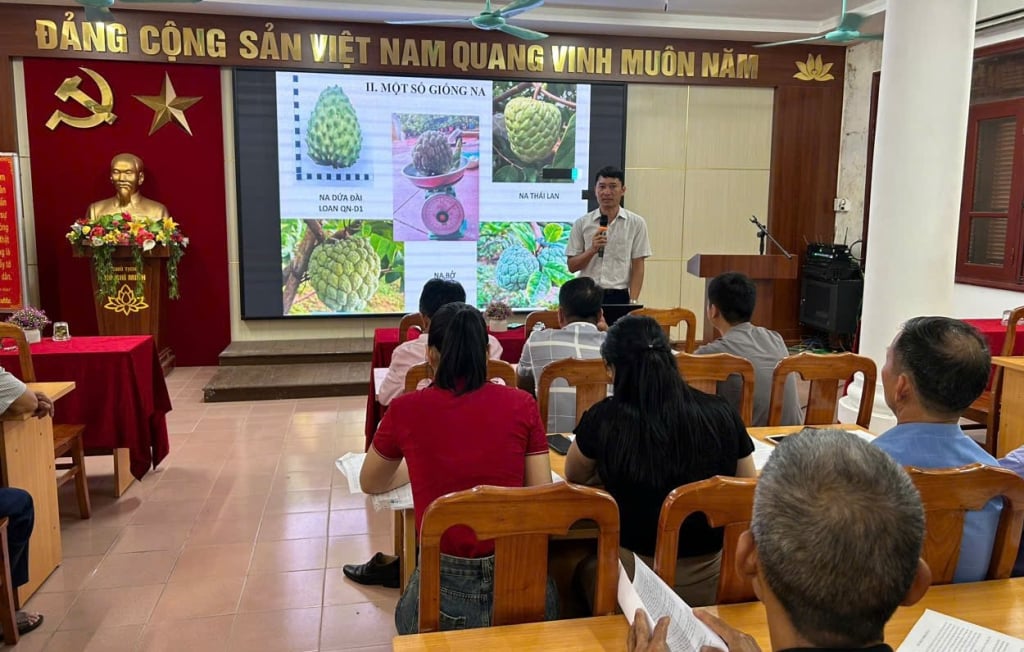
Recently, the Provincial Agricultural Extension Center has implemented the project "Building a new custard apple planting and intensive cultivation model according to VietGAP" with a scale of 8 hectares in Dam Ha commune. Custard apple is one of the three main fruit trees of the province with an area of over 1,220 hectares. The implementation of the custard apple planting model according to VietGAP standards helps to gradually form a concentrated growing area in the eastern part of the province, meeting the increasing demand of the market and creating a premise for future exports. By the end of September 2025, more than 23,000 QN-D1 custard apple and Dong Trieu custard apple seedlings have been distributed to households participating in the model.
According to engineer Nguyen Van Phu, Provincial Agricultural Extension Center, after 1.5 months of planting, the survival rate of the trees reached over 95%, the trees grew well. According to the plan, custard apple trees will be harvested after 3 years, with an expected yield of 0.7 tons/ha or more, bringing economic efficiency at least 15% higher than traditional production. It is expected that 7 production facilities with an area of over 16ha will be certified to meet VietGAP standards, accounting for more than 80% of the model scale.
Implementing the Project "Developing organic agriculture in Quang Ninh province to 2025, with a vision to 2030", in the coming time, the province will continue to focus on forming clean agricultural production areas based on selecting key agricultural products with competitive advantages. At the same time, improve productivity, increase the value and competitiveness of products, effectively exploit the potentials and advantages of each locality for sustainable development, linking production with processing as well as the needs of the domestic and export markets.
Mr. Tran Duc Dung, Chairman of Duong Hoa Commune People's Committee, said: The locality has identified tea as one of the key crops, so it should focus on gradually replacing old and degraded tea areas with new high-yield and high-quality varieties; continue to re-plan the growing areas and synchronously apply advanced technical processes, encourage the application of sustainable farming measures, use organic fertilizers and biological products, contributing to increasing productivity and product quality; complete procedures to issue growing area codes, traceability systems, food hygiene and safety; develop smart agriculture associated with the development of experiential tourism, gradually improving the lives of local people.
Implementing the national crop cultivation strategy to 2030, with a vision to 2050, the province sets specific goals: Maintaining stable grain crop output at over 218,000 tons/year; crop value growth rate of about 3%/year; striving for production value per hectare of cultivated land to reach at least 150 million VND/year; focusing on increasing production area according to standards, protecting the environment, reducing greenhouse gas emissions. Thereby, contributing to promoting rural economic development, ensuring food security and social stability.
Source: https://baoquangninh.vn/phat-trien-vung-trong-nong-lam-san-ben-vung-3379984.html


![[Photo] The Steering Committee of the 2025 Fall Fair checks the progress of the organization](https://vphoto.vietnam.vn/thumb/1200x675/vietnam/resource/IMAGE/2025/10/20/1760918203241_nam-5371-jpg.webp)

![[Photo] Chairman of the Hungarian Parliament visits President Ho Chi Minh's Mausoleum](https://vphoto.vietnam.vn/thumb/1200x675/vietnam/resource/IMAGE/2025/10/20/1760941009023_ndo_br_hungary-jpg.webp)
![[Photo] Solemn opening of the 10th Session, 15th National Assembly](https://vphoto.vietnam.vn/thumb/1200x675/vietnam/resource/IMAGE/2025/10/20/1760937111622_ndo_br_1-202-jpg.webp)
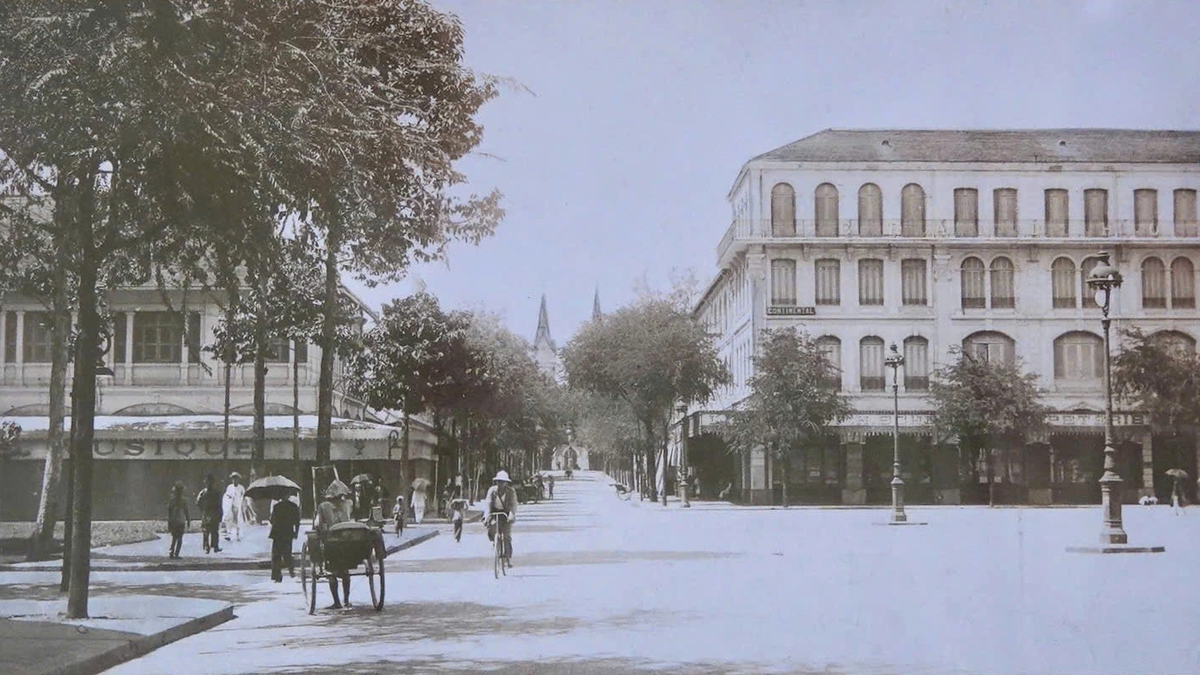



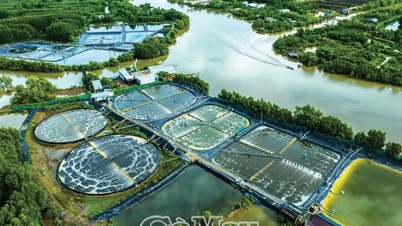





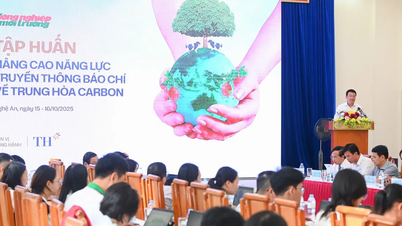

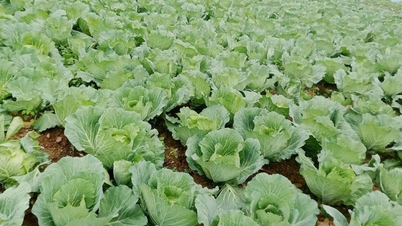

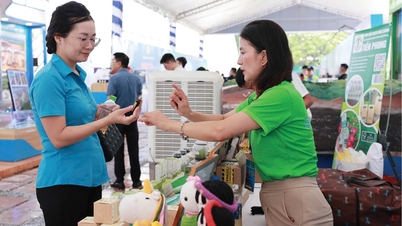

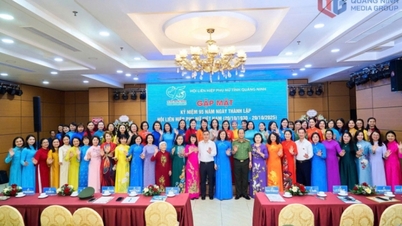
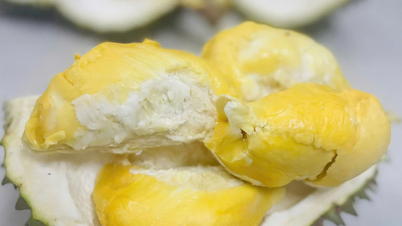

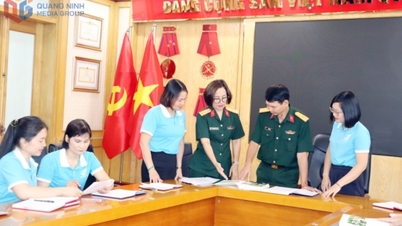
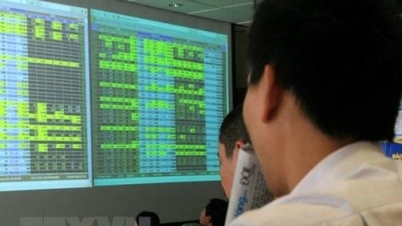

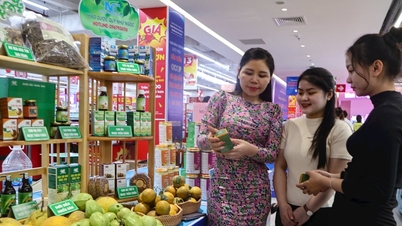





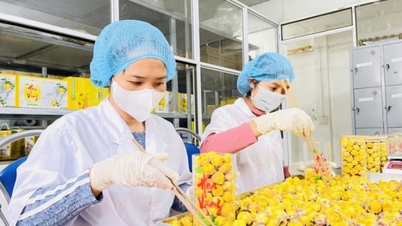


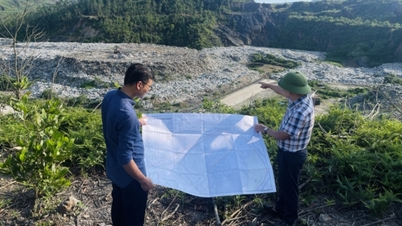

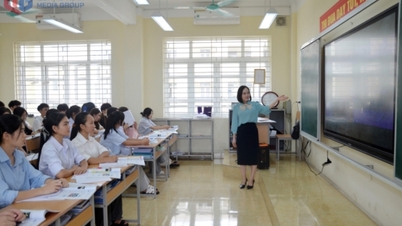



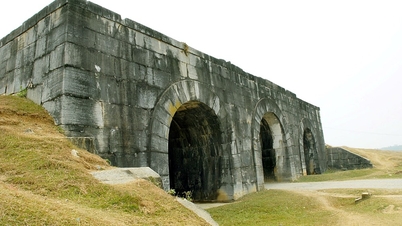

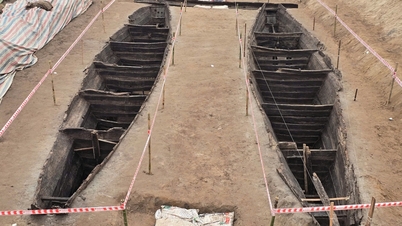

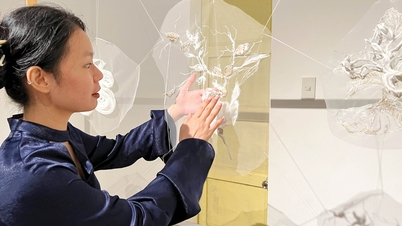
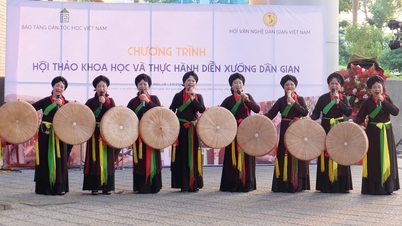





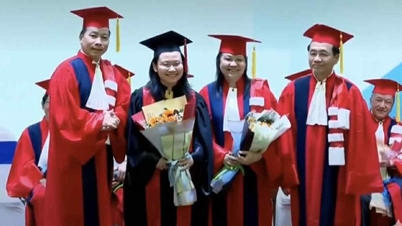



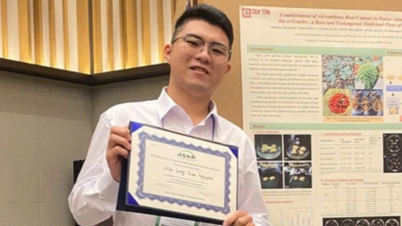

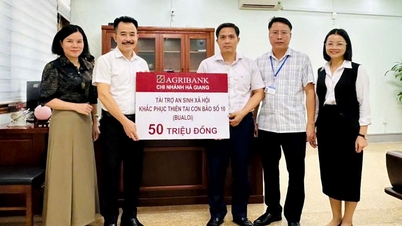

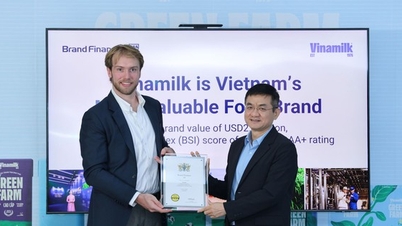





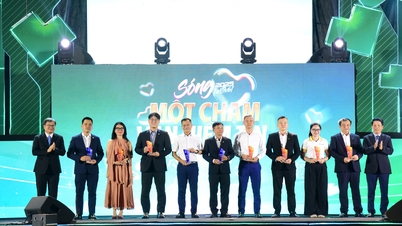








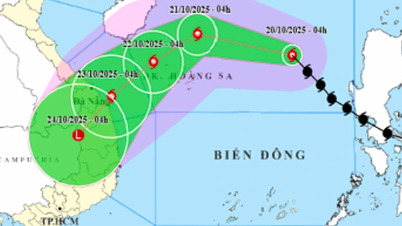

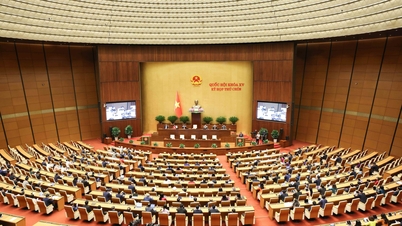


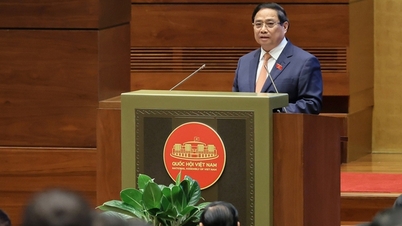


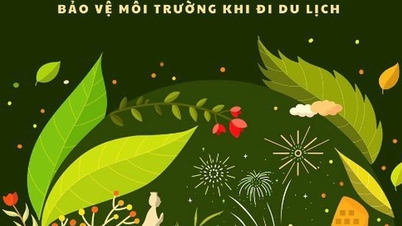
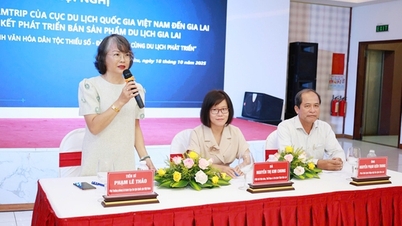

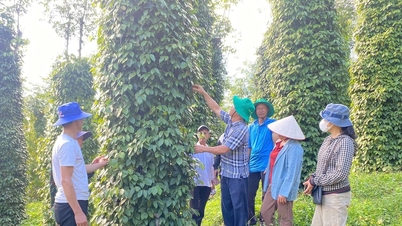


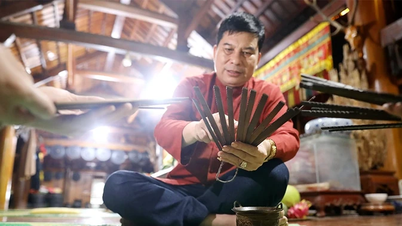

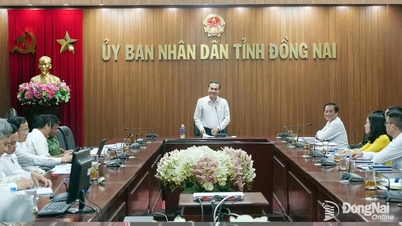

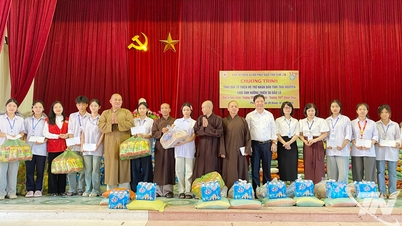

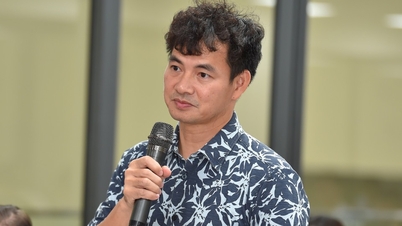













Comment (0)